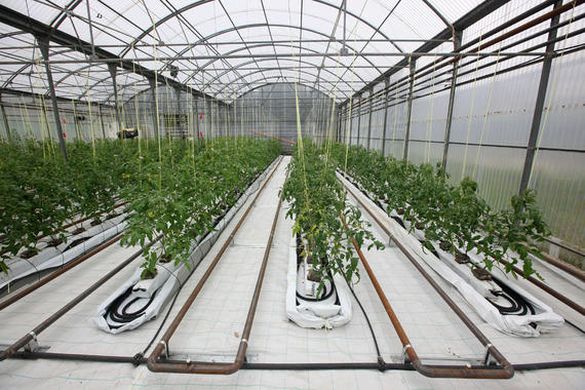Netherlands greenhouse agriculture targets climate-neutrality by 2040
As the Dutch greenhouse agricultural sector aims to be climate-neutral by 2040, sustainable alternatives to natural gas are constantly being sought. Around twenty greenhouse producers now use a form of bio-energy to heat their farm, such as a biomass boiler for heat or a bio-cogeneration (bio-CHP) for heat and electricity.
There are different types of woody biomass, each with its own chain and its own advantages and disadvantages. Biomass boilers in greenhouse horticulture run on three types of woody biomass: wood pellets, wood chips and shreds. Most greenhouse growers use local woodchip or wood shreds, which are easily available from nearby forests and other locations. Municipalities see this as a useful use of local waste. However, the use of wood pellets is expected to rise. Pellets are compressed and dried, have a high energy density and contain up to 15% less moisture. These pellets are made from sawdust from the wood-processing industry or from clean waste wood.
There is an international market for pellets as they can be transported and stored cheaply over longer distances. It is important however to ensure that the pellets have been produced sustainably. The pellets are used in a different type of boiler than wood shreds. These boilers are often cheaper and require less maintenance as the pellets tend to be of consistent quality. There also tends to be less ash residue after combustion. However, the pellets are more expensive than shreds as they require more processing (grinding, drying and pressing).



